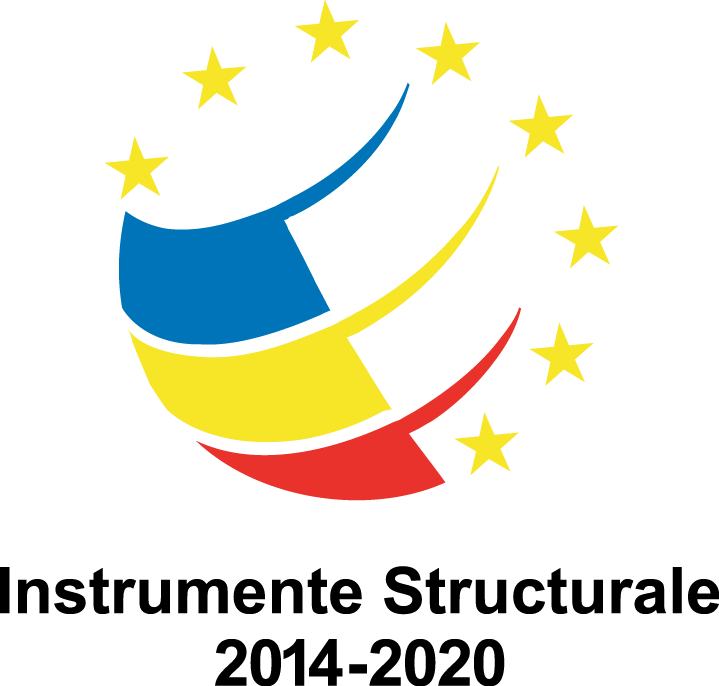Objectives
Objective 1: Novel enzymes
Exploring novel enzymes for biotransformations with novel MIO-enzymes (ammonia lyases and 2,3-aminomutases), ω-transaminases, hydrolases, ketoreductases (and further enzymes) for single enzyme and multienzyme applications. The MIO-enzymes are useful in synthesis of unnatural α- and β-amino acids and in therapeutic applications, the ω-transaminases are versatile tools to generate chiral amines. The hydrolases and ketoreductases are indispensable biocatalysts to generate various achiral and optically pure alcohols.
Objective 2: Nanoscale enzyme immobilization
Immobilized enzymes enable a variety of applications. On nanoparticles (NPs), the immobilized enzymes are available on a large surface diffusion barrier-free. The suspension of NPs is free from sedimentation and approximates the behavior of homogeneous liquids. However, their separation from the liquid phase is not simple. Protein coated magnetic nanoparticles (MNPs), while maintaining beneficial properties, allow their easy separation from the liquid phase. During the project nanoscale systems will be developed for highly efficient and smart immobilization of known and novel enzymes (nanosupports and composite systems for single enzyme or multienzyme immobilizations applicable in various microfluidic systems).
Objective 3: Novel microfluidic systems
In addition to the well-established knowledge of microfluidic application of immobilized enzymes in packed bed microreactors, - use of protein coated MNPs in microreactors offers novel possibilities. MNPs are applicable to flow in microfluidic systems together with the liquid, or can be anchored at pre-designed positions so that the flow of the fluid in the system can be chosen freely compared to them. According to our best knowledge, no Lab-on-a-Chip (LoC) system was built with multiple addressable magnetic cells for enzyme reaction, analysis or protein biochemistry investigation purposes. Novel microfluidic systems will be designed and developed for biotransformations, diagnostic applications and high-throughput screening with/on nanoscale supports (mobile or selectively addressable anchored magnetic nanoparticles in microfluidic systems; microfluidic disc reactors; Lab-on-a-Chip (LoC) systems). After validating their applicability and robustness, the novel microfluidic systems operating with single or multienzyme systems from Ob. 1 and 2 will be implemented in Ob. 4.
Objective 4: Systems biocatalysis
The Systems Biocatalysis strategy consists and organizes multiple enzymes in vitro to generate an artificial metabolism for synthetic purposes. Novel synthetic metabolic pathways will be constructed for the efficient synthesis of valuable chemical products. Ob. 4 will utilize the innovative methods for the discovery, design, optimization, and use of novel biocatalytic modules (Ob. 1 and 2) and novel bioreactor designs (Ob. 3) towards a plug-and-play enzymatic toolbox concept. Ob. 4 will create efficient artificial biosynthetic systems for targeted biotransformations with the novel enzymes on nanoscale supports in tailored microfluidic systems.


